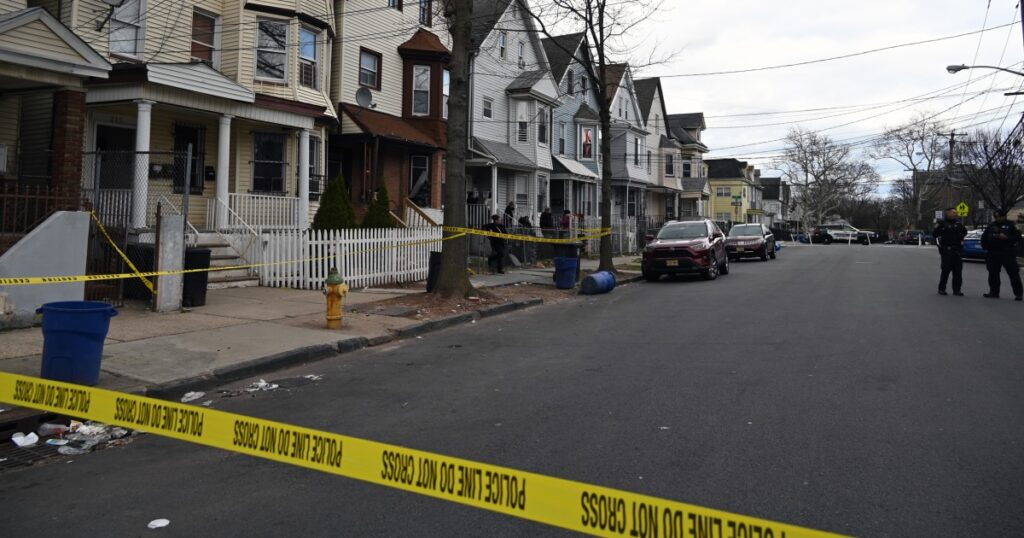Within minutes of a Friday morning earthquake that struck the Northeast, New York City’s emergency management officials set out to check for damage, said Jackie Bray, commissioner of the New York State Division of Homeland Security and Emergency Services.
Under the state’s emergency operations plan, city and state structural engineers were immediately deployed to inspect bridges, tunnels and other key infrastructure, and nuclear plants were required to report any damage within 15 minutes, she said. They found nothing significant, Bray said.
But experts say it’s still worth considering what could have gone wrong. “These are important teachable moments for what-ifs, and what would we do if it was worse,” said Jeffrey Schlegelmilch, director of the National Center for Disaster Preparedness at Columbia University.
Earthquakes are “not prioritized as highly as other scenarios on the East Coast and as you might see in more seismically active areas like the West Coast and countries like Japan,” added Schlegelmilch, who has authored two books about disaster preparedness. “There are plans in place and planning efforts, but obviously the ones that we get hit with more frequently, like coastal storms and extreme weather events, typically are more front of mind.”
Friday’s earthquake, with an epicenter near Lebanon, N.J., took the region off guard. “It’s not like a blizzard in Buffalo, right, that you know you’re going to have each year,” Bray said. “An earthquake is unexpected in New York.”
Still, the state and city have put earthquake-specific measures in place, including adopting building codes that require new buildings or those being significantly renovated “to be built to the appropriate seismic standards,” Bray said, “so it is something that we are prepared for when it does happen.”
While New York City and other large urban areas in the Northeast have generally adopted the latest seismic building standards recommended by the…
Read the full article here





